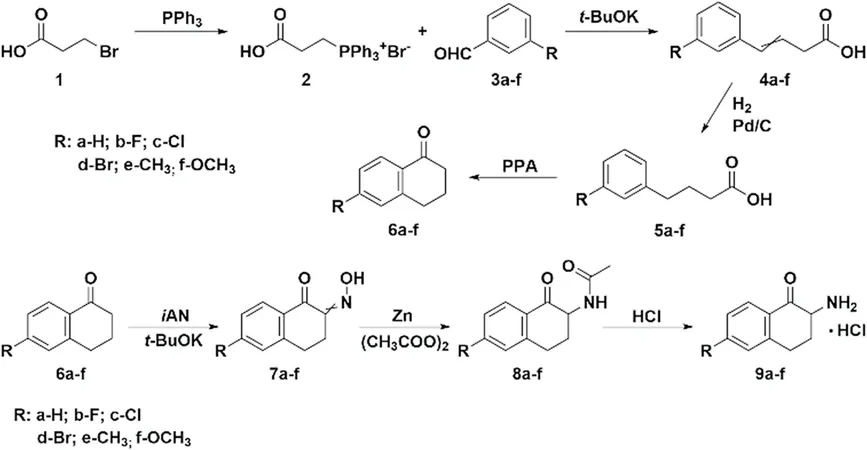
Breakthrough in Psychoactive Substance Research: Scientists Use Advanced Techniques to Unravel the Mysteries of Synthetic Cathinones
2024-11-04
Author: Yu
Breakthrough in Psychoactive Substance Research
Introduction
In an exciting advancement for the field of psychoactive substances, researchers at the University of Chemistry and Technology, Prague (UCT Prague) have unveiled groundbreaking findings on the synthesis and structural analysis of cyclic synthetic cathinones derived from α-tetralone. This innovative study, spearheaded by the esteemed Prof. Michal Kohout from the Department of Organic Chemistry, is shedding light on the intricate world of novel psychoactive substances (NPS) and is poised to influence both regulatory practices and pharmaceutical developments.
Significance of Research
Published in the prestigious journal Chirality, this research comes at a crucial time when the emergence of various modified cathinones poses significant challenges for public health and drug regulation. These compounds, known for their stimulant effects, are not only popular among recreational users but also hold pharmaceutical potential, which underscores the need for rigorous study and regulation.
Methodology
The research team synthesized several new derivatives and employed high-performance liquid chromatography (HPLC) with a circular dichroism (CD) detector to determine their absolute configurations. This method is particularly notable for its combination of experimental on-line data together with density functional theory (DFT) calculations, which enhances the accuracy of structural assignments and offers deeper insight into the 3D conformations of these compounds.
Expert Commentary
Prof. Kohout emphasized the importance of their findings, stating, "Our research not only identifies the 3D structures of these substances but also provides a reliable methodology for determining their absolute configuration. This is crucial for developing safe and effective pharmaceutical applications based on synthetic cathinones."
Implications for Regulation
As these cathinone derivatives continue to proliferate in the market, the implications of this research extend beyond academia. The findings are expected to equip regulatory authorities with precise data, facilitating a quicker and more informed categorization and control of these substances. This could catalyze a faster legal regulation process, ultimately ensuring public safety while opening doors for potential therapeutic uses.
Conclusion
In a world where psychoactive substances are evolving rapidly, this research may serve as a crucial touchstone for future studies and drug formulations, bolstering our understanding of their properties and effects. The effort of UCT Prague reflects a commitment to addressing the challenges posed by novel psychoactive substances and highlights the importance of scientific research in navigating the complexities of drug regulation and development. Keep an eye on this space—this is just the beginning of a journey towards safer psychoactive substances!




 Brasil (PT)
Brasil (PT)
 Canada (EN)
Canada (EN)
 Chile (ES)
Chile (ES)
 Česko (CS)
Česko (CS)
 대한민국 (KO)
대한민국 (KO)
 España (ES)
España (ES)
 France (FR)
France (FR)
 Hong Kong (EN)
Hong Kong (EN)
 Italia (IT)
Italia (IT)
 日本 (JA)
日本 (JA)
 Magyarország (HU)
Magyarország (HU)
 Norge (NO)
Norge (NO)
 Polska (PL)
Polska (PL)
 Schweiz (DE)
Schweiz (DE)
 Singapore (EN)
Singapore (EN)
 Sverige (SV)
Sverige (SV)
 Suomi (FI)
Suomi (FI)
 Türkiye (TR)
Türkiye (TR)
 الإمارات العربية المتحدة (AR)
الإمارات العربية المتحدة (AR)